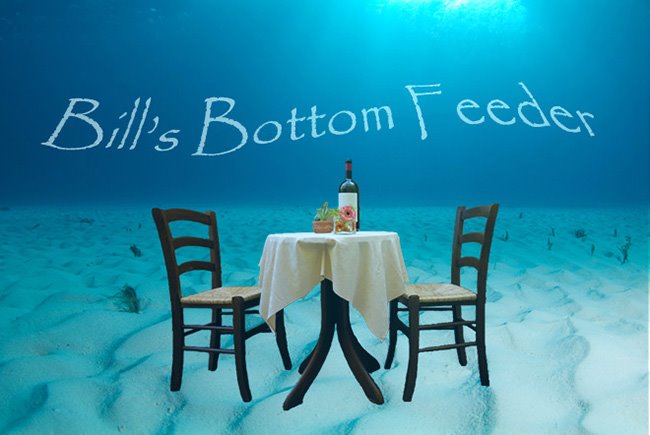Isn't there a limerick someplace about two lips and a farmer’s
daughter? Think so, but in this case we’re talking about the botanical flower, the
Tulip…It dawns upon me that we’ve done a lot of touring on the “Tulips and
Windmills” trip and haven’t really done much the former. So to remedy that, this will be the first of
two editions covering the Tulip.
As usual, the feeder comes into these things with his often
wrong preconceived notions. One was
that, yeah, yeah, we’ve all seen tulips growing in the beds, kind of a plain
flower atop a long stem that doesn’t last very long in the spring. Well, after this trip the light has dawned on
me that what we see is a pale imitation of the “real thing”. This edition will cover kind of the nuts and
bolts of the flower and tomorrow (?) we can see what they do when exhibited
properly.
So, we started our day with a morning tour of the town of Hoorn,
our northernmost point of the trip. It
was there that we had one of the most enjoyable experiences of the trip (tease
tease). So after lunch back aboard the
Alsvin, we embarked for a tulip farm near the town of Wieringermeer. On the way, we stopped at another farm which
produced quite a different “crop”: potatoes and electricity. With Holland being on the western edge of the
North Sea, there is always (usually) a brisk wind off the ocean. The Dutch are increasingly taking advantage
of that and “wind farms” are sprouting up all over the place, festooning the
landscape with modern versions of the windmills, now called wind turbines.
We stopped at a charming little farm
And the farmer’s wife (not daughter) gave us a little talk
on wind power (with a power point
presentation, mind you) about the physics and economics involved
Kind of like solar panels, you invest in the equipment and
then sell the electricity and eventually get your money back. Eventually.
Good thing they were on the younger side. Very pleasant folks.. After the talk,we went out to the turbine - shown behind a familiar green
product used in their other “crop”.
You see these things on the horizon, and they don’t look so big, but CLOSE UP!
And note the watermark where sea level is – gotta love those
dijken!!
We did get a brief look at their storehouse of the
“other”crop
Nice folks… So after leaving there we boarded the coach and
headed for the tulip farm and pretty soon began to see lovely strips of color
And soon arrived at
(Kwekerij translates to Nursery)
We were conducted into a little room in one of the buildings
and served sweets and coffee along with eye popping vases of their tulips
The lady gave us an overview of tulips and their various forms
Turns out there are two markets for "tulips", cut flowers, and the
sale of bulbs. Most of the cut flowers
are raised in green houses, and the fields we see are for producing bulbs,
which I sort of gathered is the larger share of the market. Kind of an interesting aside was the
procedure for the auctioning of the cut flowers, kind of the reverse of what we’re
used to. They start with a high price,
and then go down, and you jump in
when you want. Because of the limited
life of the cut flowers, this procedure shortens the length of time it takes
for the sale by not having a bidding war.
But, their main product is the bulbs.
We left the room and went out to the “fields” of stunning flowers
She went over the process of growing and harvesting the
bulbs. Because what they want is under
the soil, getting the bulbs out without damaging them is a challenge. They grow best in clay soil (common in the Northern Netherlands) so it isn’t easy.
But some resourceful engineer (?) came up with the idea of planting the bulbs
on top of netting, which is usually done in October, and then covered with more
soil. She showed us some of the nets.
When the flowers are in bloom in April (as are the tourists)
they are evaluated as to quality by a (I am not making this up) Bloembollenkeuringsdienst! Who also
looks for “sick” plants and those not true to type because of a mutation or virus. They also employ workers who walk the fields
with something like “Roundup” and spray any “bad” plant.
Some we saw had for instance, red edges on a white flower…
zaaap! However, most are just lovely
And then, and then, remembering it is a business, once the
tulips have passed inspection a big machine comes along and CUTS OFF all those beautiful blooms. See those green strips
in the “coach window” picture above? Cut
off. The reason is that the plant then
diverts all its energy into developing a good bulb. Kind of a sad thing, really. Then some time in June, another machine comes along
and “takes up” the nets that formed the bulb sandwich, the soil is shaken off,
the bulbs washed and dried, an Voila! You have bulbs for sale. Quite the business. If you want more details you can click on over to their web site. She said there is a place that sells their bulbs in Virginia, which I didn't write down.
All in all a very interesting day, and what a privilege to be
around such beauty, at least for a while
So back on the coach, back to the boat, and
DFD
















No comments:
Post a Comment